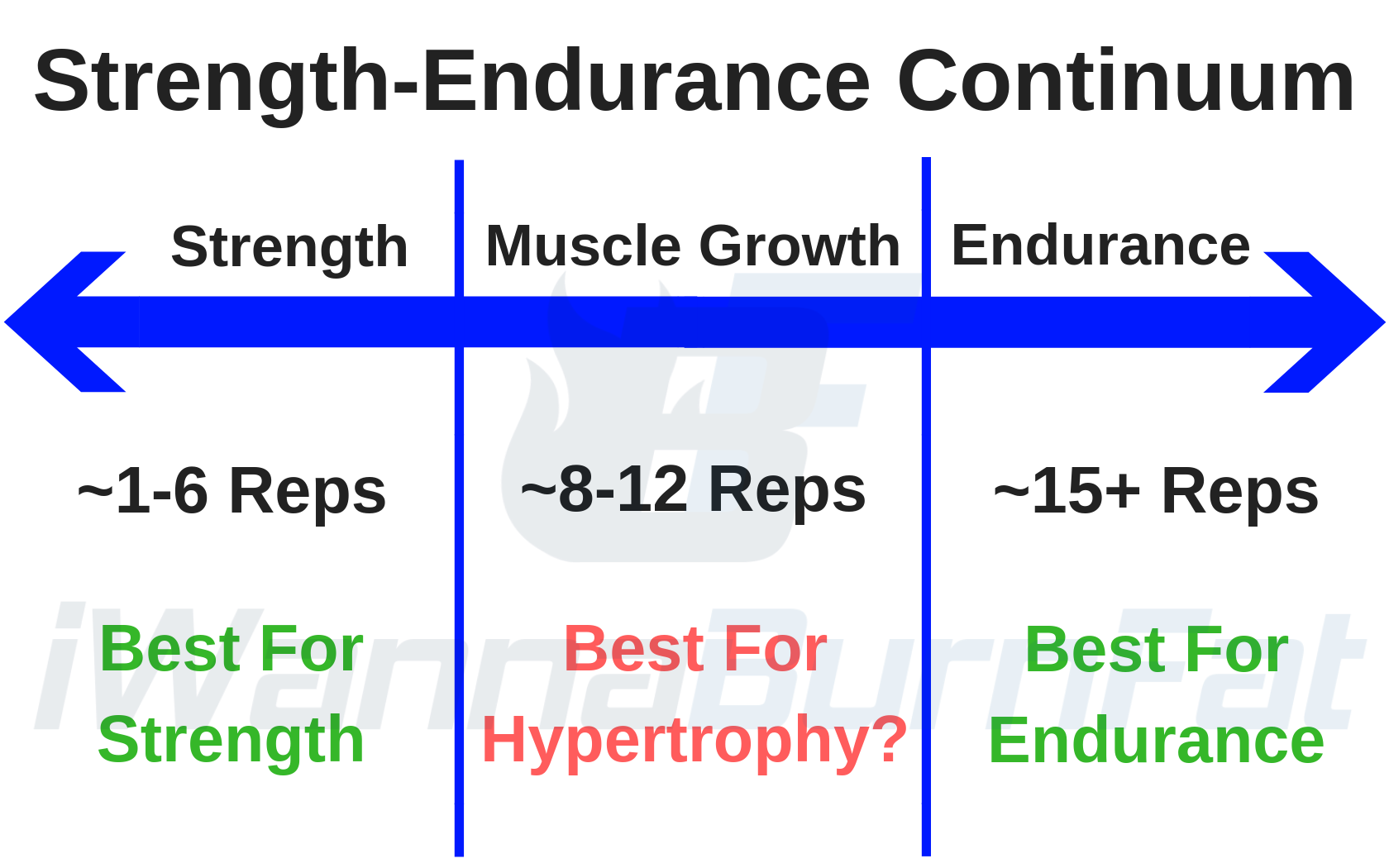Understanding "Reps" in the Gym: What Does it Mean?
When you step into a gym, you're likely to hear the term "reps" thrown around quite frequently. If you're new to the fitness world, you might be wondering, "What does 'reps' mean?" In this comprehensive guide, we'll demystify the concept of "reps" in the gym, explain its importance, and explore how it fits into your fitness routine.
1. Defining Reps

Defining Reps
Let's start with a clear definition:
a. **Reps, short for "repetitions," refer to the number of times you perform a specific exercise or movement in a single set.
2. The Role of Reps in Strength Training
Reps play a crucial role in strength training exercises:
a. Muscle Activation: Repetitions stimulate your muscles, causing them to contract and work, which is essential for muscle development.
b. Progressive Overload: Increasing the number of reps over time challenges your muscles and promotes growth.
c. Endurance: High-rep sets can help improve muscular endurance, allowing you to perform more repetitions without fatigue.
3. The Reps and Sets Relationship
Reps are typically organized into sets:
a. Sets: A "set" refers to a specific number of repetitions performed consecutively without a break.
b. Example: You might perform three sets of 10 reps of a particular exercise.
4. Different Types of Rep Ranges

Rep Ranges
The number of reps you perform can vary depending on your fitness goals:
a. Low Reps (1-5): This range is commonly associated with strength training, where you lift heavy weights for fewer reps to build raw strength.
b. Moderate Reps (6-12): The sweet spot for muscle building, this range promotes hypertrophy (muscle growth) and is often used in bodybuilding.
c. High Reps (12+): High-rep sets are great for muscular endurance and can help improve cardiovascular fitness.
5. Rest Intervals Between Reps and Sets
Rest intervals play a vital role in determining the intensity of your workout:
a. Short Rests: Short rest periods between reps and sets increase the intensity and challenge your muscles more.
b. Long Rests: Longer rest intervals allow for better recovery between sets, making it easier to lift heavier weights.
6. Tracking Your Reps
Keeping track of your reps is essential for progress:
a. Recording Progress: Maintaining a workout journal or using a fitness app helps you track your reps and sets, enabling you to measure progress over time.
b. Setting Goals: By monitoring your reps, you can set specific, achievable goals for your fitness journey.
7. Common Mistakes with Reps
Avoid these common mistakes related to reps in the gym:
a. Improper Form: Sacrificing proper form for more reps can lead to injuries and hinder your progress.
b. Overtraining: Performing too many reps without adequate rest can lead to overtraining and fatigue.
c. Neglecting Variety: Repeating the same rep and set scheme without variation can lead to plateaus in your fitness journey.
In the world of fitness, "reps" are a fundamental concept that underpins strength training, muscle growth, and overall physical development. Understanding the role of reps, the different rep ranges, and how they fit into your workout routine is essential for achieving your fitness goals. Whether you're aiming for strength, hypertrophy, or endurance, mastering the art of reps will help you make the most of your time in the gym and keep you on track to a healthier, stronger you.